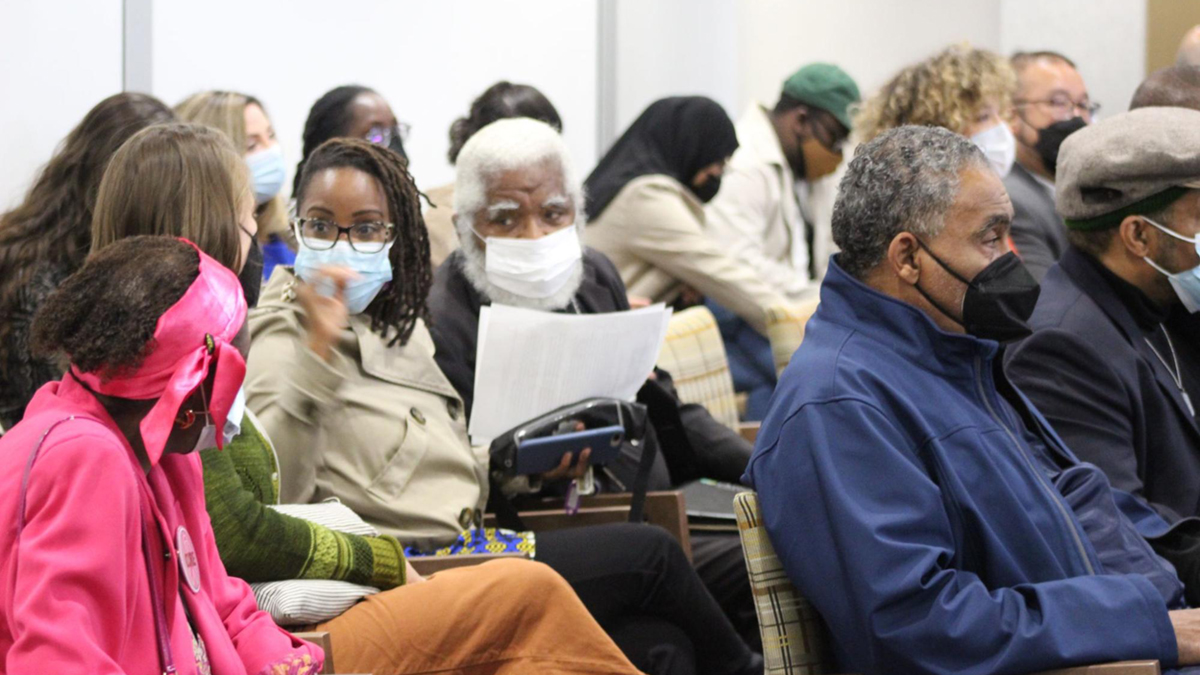
Columns
Four text to video AI tools for social video building
My rule was simple: To create a video in less than 30 mins and not spend more than 15 minutes learning the tool.
How to look inward for innovation in disability-led journalism
Sometimes a disability-led story needs to crack the door open rather than boot it straight off the hinges.
The biggest regret of those who’ve been laid off and an action item to propel you into your next opportunity
Enter “The Career Hype Doc” — your most powerful asset for career success.
Public speaking: Unlocking leadership skills and a new level of career success
A foolproof framework for getting your speaking pitches accepted.
How I Introduce myself as a disabled generalist
Alternatively: Hire me pleeeease.
How we start building access for disabled journalists
I probably shouldn’t start this with a wheelchair pun, should I?
2023 is going to be a hot year for AI — but what about for journalism?
The ethical implications of AI in news.
The Bloomfield Info Project: An automation case study
A nonprofit responds to a growing news desert.
Understand algorithmic bias in journalism
AI is human designed, making it unsurprising that it reflects human bias.
Why showing up is powerful
Let’s build a future where more productive civic engagement is a duty for newsrooms and an opportunity for our communities.









